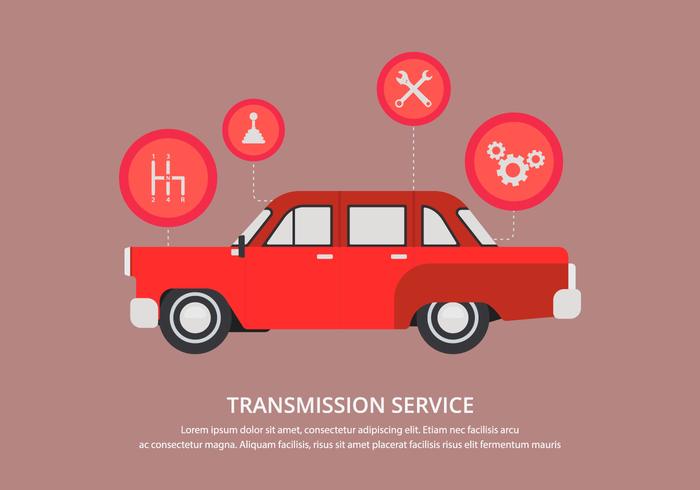Seeking Quality On The Caution Lights Displayed On Your Car'S Dashboard? Figure Out Exactly How They Connect To Your Lorry'S Health And Safety
Seeking Quality On The Caution Lights Displayed On Your Car'S Dashboard? Figure Out Exactly How They Connect To Your Lorry'S Health And Safety
Blog Article
Post Developed By-Lim Alvarado
When you lag the wheel, those beautiful warning lights on your control panel can be a little bit complicated. Do you know what they're trying to inform you regarding your cars and truck's wellness? Understanding the relevance of these lights is crucial for your safety and the long life of your automobile. So, go here following time among those lights pops up, would not you intend to understand its message precisely and take the needed actions to resolve it?
Common Caution Lighting and Interpretations
Identify common warning lights in your automobile and comprehend their definitions to make certain safe driving.
One of the most common warning lights include the check engine light, which signals concerns with the engine or discharges system. If car wash car detailing comes on, it's essential to have your vehicle examined immediately.
The oil stress advising light indicates low oil pressure, needing immediate focus to prevent engine damage.
A blinking battery light may suggest a defective billing system, potentially leaving you stranded if not dealt with.
The tire stress monitoring system (TPMS) light informs you to reduced tire pressure, affecting vehicle security and fuel performance. Disregarding this can result in dangerous driving conditions.
The abdominal light indicates a problem with the anti-lock stopping system, jeopardizing your capacity to stop promptly in emergencies.
Finally, the coolant temperature advising light warns of engine overheating, which can lead to severe damages if not fixed promptly.
Recognizing these typical caution lights will help you attend to problems immediately and maintain safe driving conditions.
Importance of Prompt Interest
Understanding the common warning lights in your auto is just the primary step; the value of without delay dealing with these warnings can not be stressed sufficient to guarantee your safety when traveling.
When a caution light illuminates on your control panel, it's your auto's method of connecting a prospective issue that requires attention. Overlooking these cautions can bring about more serious troubles down the road, endangering your safety and security and potentially costing you a lot more in repairs.
Prompt attention to cautioning lights can prevent malfunctions and mishaps. For example, a flashing check engine light can indicate a misfire that, if left unattended, can trigger damages to the catalytic converter. Resolving this without delay can conserve you from a costly repair.
Similarly, a brake system warning light could signal low brake fluid or used brake pads, crucial components for your safety when driving.
Do It Yourself Troubleshooting Tips
If you notice a warning light on your control panel, there are a few DIY troubleshooting pointers you can attempt prior to seeking expert help.
The very first step is to consult your cars and truck's guidebook to understand what the particular warning light shows. In some cases the concern can be as easy as a loosened gas cap triggering the check engine light. Tightening up the gas cap might solve the trouble.
One more usual problem is a low battery, which can cause different alerting lights. Inspecting the battery links for deterioration and ensuring they're safe and secure may take care of the trouble.
If a caution light continues, you can attempt resetting it by separating the cars and truck's battery for a couple of mins and afterwards reconnecting it. Furthermore, examining your automobile's fluid levels, such as oil, coolant, and brake fluid, can aid troubleshoot warning lights associated with these systems.
Conclusion
To conclude, understanding your auto's caution lights is essential for maintaining your car running smoothly and safely. By immediately attending to these alerts and knowing what they suggest, you can avoid expensive fixings and possible break downs.
Keep in https://www.ozarksfirst.com/automotive/spend-less-at-the-pump-with-these-fuel-saving-tips/ to consult your vehicle's guidebook for particular information on each warning light and do something about it appropriately to guarantee a trouble-free driving experience.
Stay informed, remain safe when driving!
